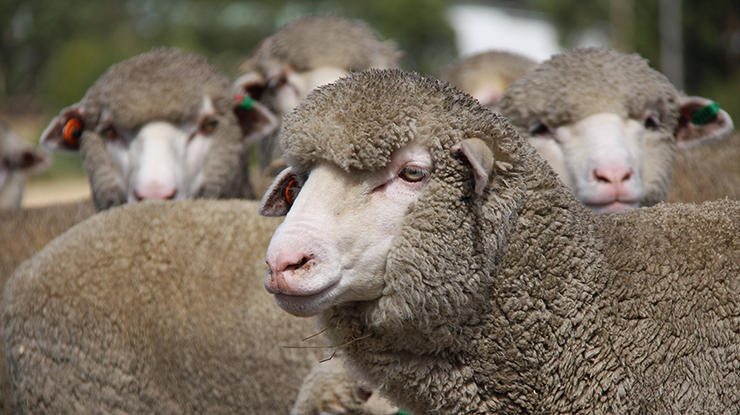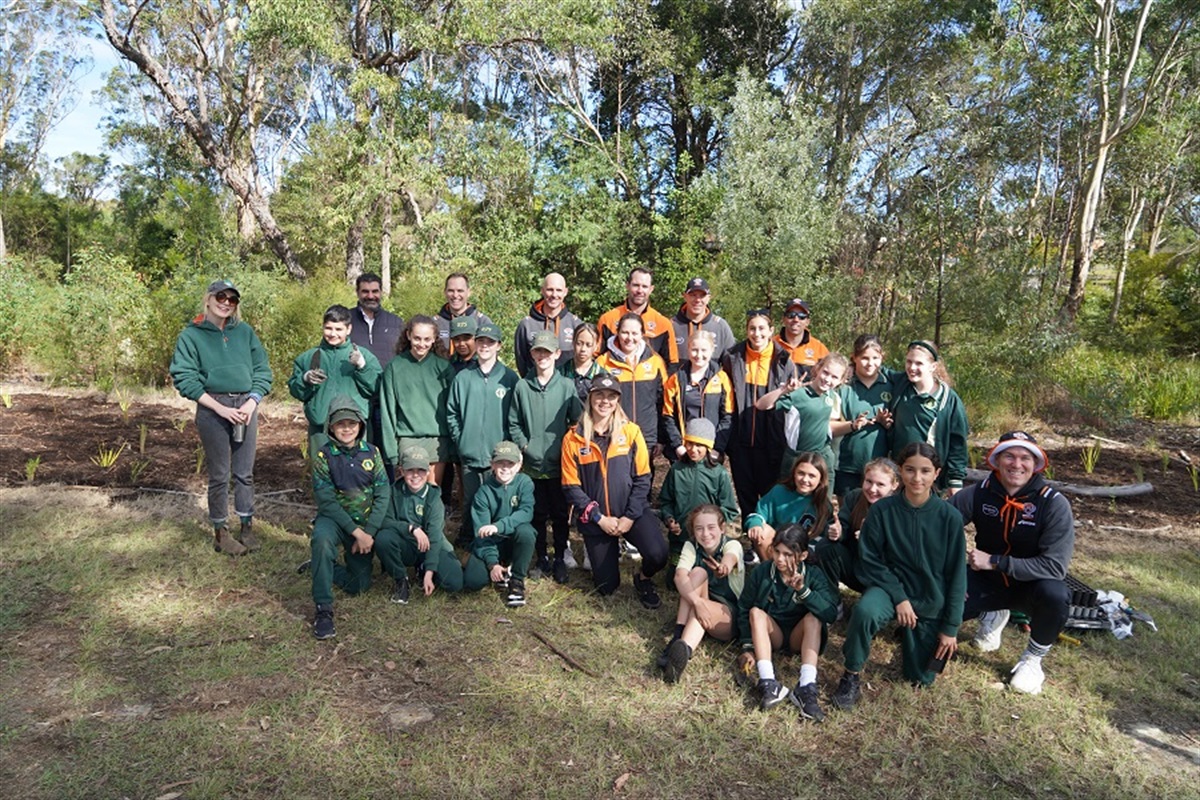
With heavy rainfall predicted in some regions in NSW and southern Queensland over the coming weeks, sheep producers are encouraged to be on high alert for flystrike and worm threats.
Here, veterinarian, sheep producer and Executive Officer of ParaBoss, Deb Maxwell, answers some commonly asked questions about what producers in high-risk areas (northern NSW, southern coastal NSW and southern Queensland) can do now to get prepared.
Q: What’s the first action I should take to prepare for the predicted rainfall?
A: Where possible, susceptible sheep should be treated with flystrike prevention now – particularly for body strike, which will be more likely under the conditions.
Spray-on flystrike preventative treatments are likely to be the fastest way to treat large numbers of stock, although an effective jetting race could be a viable option. Hand jetting will provide better protection, but will be slower.
If stock currently have moderate/high worm burdens, but will be accessible after a short time, consider drenching with an effective short-acting drench as soon as possible. However, immediate flystrike product application is the current priority over drenching in most situations where stock will remain accessible.
Q: What preventative flystrike treatment should I use?
A: Products containing dicyclanil, cyromazine, ivermectin or imidacloprid are likely to be the best choices for prolonged protection. As storm rain may continue through summer, the longest acting product is likely the best choice under these conditions. Read the label to ensure they are applied correctly.
Spinosad provides shorter protection, so isn’t the ideal choice right now.
Importantly, you need to keep in mind that heavy rain can wash newly-applied chemical off. All of the chemicals need to ‘dry’ on the sheep before they achieve a level of rain-fastness – and even then, very heavy rain in the coming days or weeks can wash some chemical off and reduce expected protection periods. Application should be delayed if rainfall is anticipated immediately after application.
Q: How regularly do I need to check my sheep for flystrike and what should I be looking out for?
A: Regardless of treatment, monitor for flystrike every two days during the high-risk period.
Body strike is more difficult to see early, compared to breech strike. Look for dark patches on the underline, and down from the neck, shoulder and flanks.
If pasture grows quickly, particularly where country is now understocked from drought, watch for chest and belly strikes in all sheep and pizzle strikes in wethers. Be particularly mindful of sheep that are continually walking through long, wet grass.
Ensure the sheep are in a paddock with low flood risk so that you can check up on them regularly and bring them fodder with no access issues.
Q: I’ve already moved my stock to a low flood risk paddock. What else can I do?
A: Moving them to an accessible, flood-free paddock is a good start, but you also need to make sure that the paddock has plenty of shelter.
Where possible, move them to undulating country with trees or shelter belts to limit the effects of wind, rain and lowered temperatures.
Q: How can I prepare for worms?
A: Conditions that grow grass, grow worms. Conduct worm egg count tests as soon as there’s green pick and continue testing every four weeks.
Due to drought, worms may be slower to build than in other years, but don’t count on it. Contact your lab or supplier and have the necessary kits or sampling equipment on hand.
Q: Is there a particular treatment I should be using for barber’s pole worm?
A: If mustering is likely to be impossible for weeks, drench now and consider a persistent product, such as mid-length oral closantel or a long-acting moxidectin injectable. Both have well-known resistance issues, so an effective primer drench should be given concurrently.
The ideal primer choice would be Zolvix® or Startect®, as there’s very limited resistance reported with the two newer actives (monepantel and derquantel) in these products. Alternatively, you could use triple or quadruple-active (Q-Drench) combination products, which have lower levels of reported resistance.
At the very least, use a levamisole drench as a primer. While naphthalophos (organophosphate) drench products mixed with levamisole are usually an excellent choice against barber’s pole, you shouldn’t use naphthalophos products in situations where drenching will be hurried and stock are in poor condition, due to the toxicity risk.








